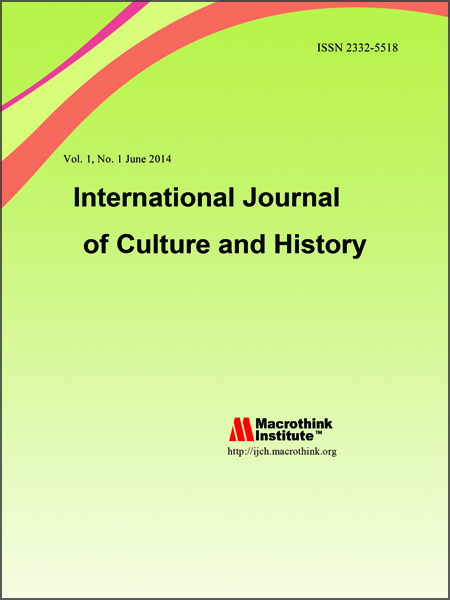The Chequered History of the Prodigal ‘you’ Pronoun
DOI:
https://doi.org/10.5296/ijch.v8i1.18271Abstract
This paper pursues the proposition that today’s English can be likened to a spectacularly-coloured butterfly that is always prepared to flutter forward undaunted by its dazzling change over time. In order to exemplify change as a long-term characteristic of English, this paper charts the progress of the second person ‘you’ pronoun, from Old English days, through to Middle English times, arriving into Modern English where the ‘you’ pronoun displays seemingly prodigal behaviour having abandoned its richness of case forms, resulting in a single form now representing all cases while also indicating both a multiple person audience while equally interpreted to indicate a singular person audience. However, it is clear that the latter behaviour is at odds with ‘you’ requiring a grammatically plural verbal particle. Such a paradox may leave ESL, and even native speakers, with an unfavourable impression that ‘you’ has to be accepted as an un-analysable concept. Given existing claims of lethargy in correctly informing the Academy on a range of English Grammar topics, this paper seeks to follow a Critical Theory methodology of evidence-based analysis of the ‘you’ situation; that is, this analysis consults Old English texts through to Middle English texts to today’s English usage, always providing supporting examples along the way.

